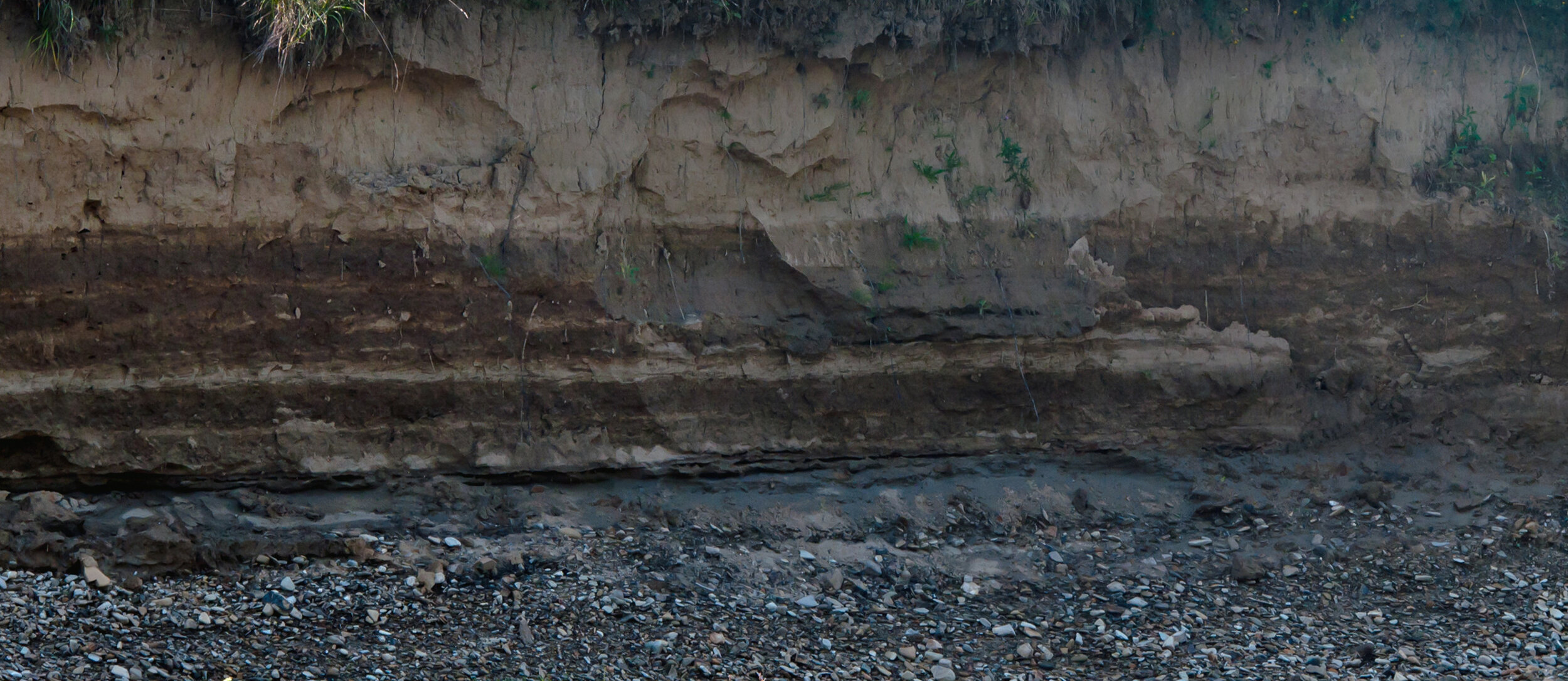
Our Services

Geotechnical Reports
Geotech reports can be used for many purposes, such as to support a Resource Consent or Building Consent application, or during the due diligence phase of property sale to inform potential purchasers of the geotechnical constraints of a site.
A geotechnical report will include a combination of site observations, desktop study, and quantitative analysis, depending on the scope of the project.
Intrusive Investigation
In order to understand the subsoil profile, geotechnical site investigation is undertaken. This involves collecting data about the subsurface conditions of a site, in order to recommend appropriate foundations or hazard mitigation measures.
Intrusive investigation usually involves shallow hand testing, comprising hand auger boreholes to log the composition of the subsoil, in addition to Scala Penetrometer and Shear Vane tests, which give an approximation of the bearing capacity and/or shear strength of the subsoil.

Deep Machine Testing
In some cases, such as where a site is susceptible to liquefaction damage in a seismic event, deep machine testing and analysis will be required, in addition to shallow hand investigation.
Common methods of deep machine testing include Cone Penetration Tests (CPT’s), Dynamic Probe Super Heavy (DPSH), and machine boreholes with core sampling and Standard Penetration Tests (SPT’s).
Hazard Assessment
Each site can pose unique challenges depending on its location, geomorphology, seismic setting, and other factors.
Subterra will assess these hazards in a holistic way and determine the geotechnical constraints of each site, along with recommendations for mitigation measures such as retaining walls, ground anchors, or other ground improvements.
Liquefaction Analysis
Liquefaction analysis is part of the hazard assessment process at sites identified to be at risk of liquefaction. It involves the use of specialised software to predict the likelihood of liquefaction-induced settlement and damage during design earthquake events.
The results of this analysis are used to designate a site into one of three MBIE Technical Categories (TC Zones), each of which have different requirements for foundation design and ground improvement.
Design
Following the initial investigation and desktop study phases of a project, Subterra will provide design parameters for foundations and any hazard mitigation measures which might be required.
Foundation Design
Subterra aims to specify the best foundation solution for each site. From the results of the geotechnical site investigation, Subterra will provide the geotechnical parameters for foundation design at each site. Where possible this will include multiple options, depending on the site conditions and preference of the client.
Where ground conditions are poor or variable, ground improvement methods such as reinforced gravel rafts or stone columns can be designed.

Retaining Wall Design
If retaining structures are required on a sloping site, Subterra can provide detailed design and undertake monitoring inspections during the construction process.
Retaining wall design considers the ground composition and stability, the slope and potential surcharges, and the effect of the wall on the surrounding land.
Construction Monitoring
During the construction phase of a project, Subterra undertakes construction monitoring to ensure that the foundation elements and/or ground improvements are constructed in accordance with the consented plans and the relevant statutory requirements.
This provides an element of quality control to ensure that what is constructed is in accordance with the conclusions and recommendations of the geotechnical investigation and report.




















